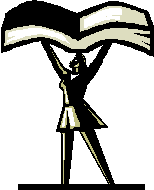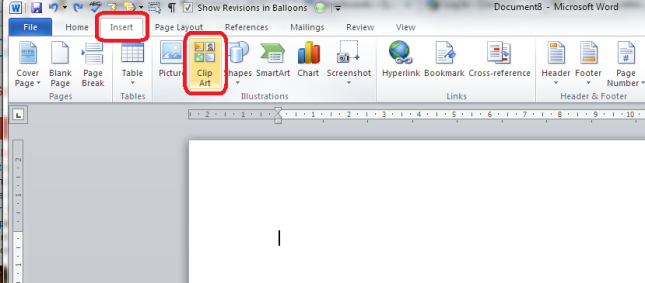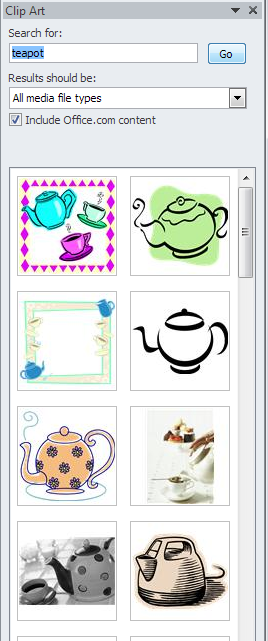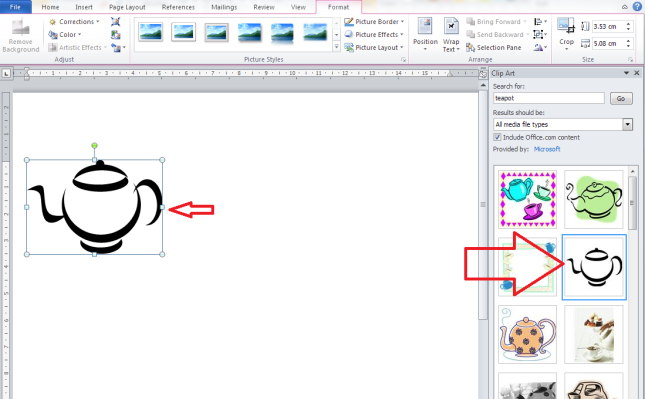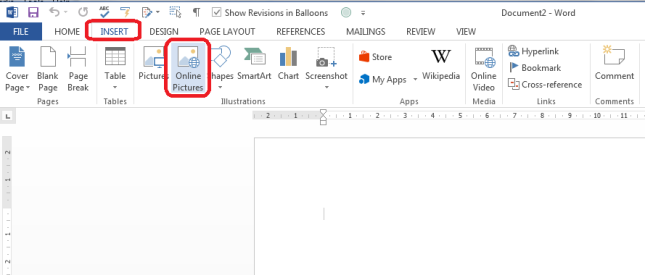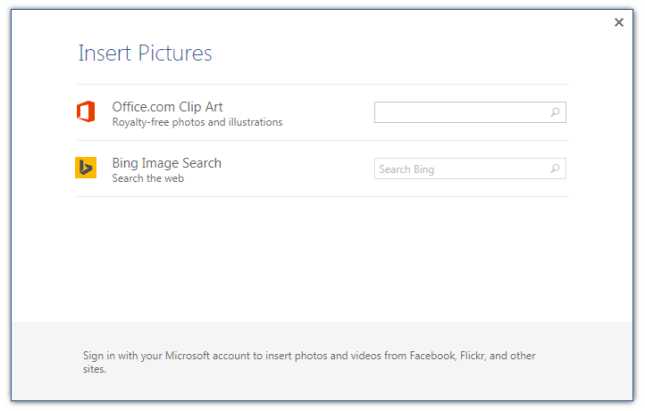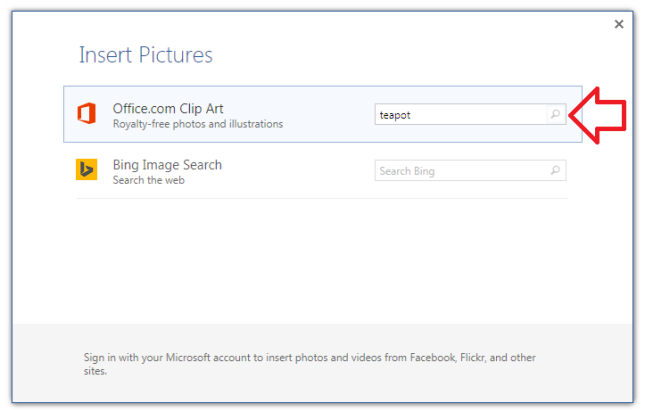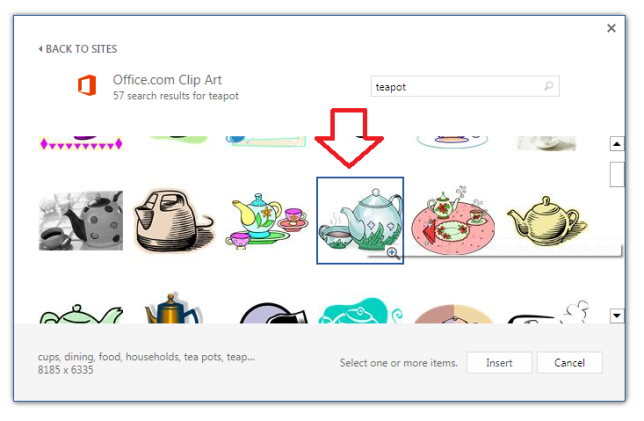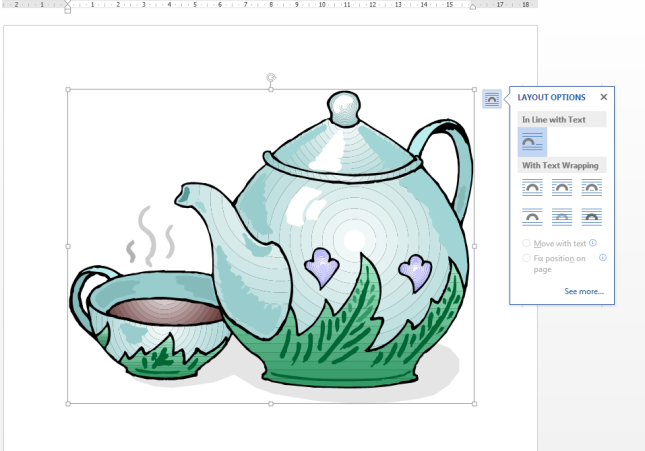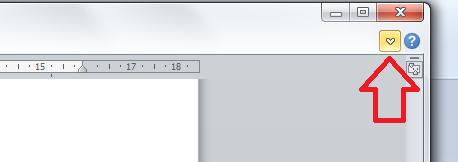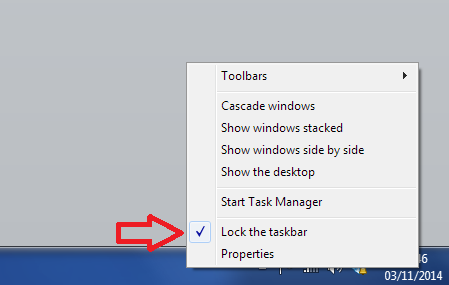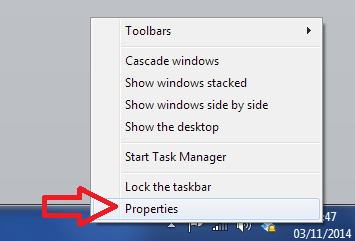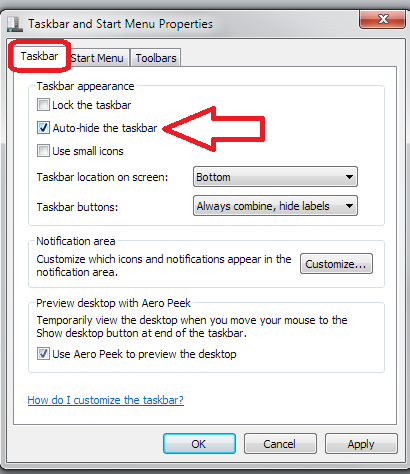This topic came up after someone commented on one of my other Word-related posts: he had a document that included programming code and he wanted to exclude that from the spell check because a) it wasted time and b) when displaying spelling errors, the red wiggly lines distracted him. He had used an easy method to exclude these in Word 2003 (highlight, click spell check, tick “do not check spelling and grammar”) but had got stuck with Word 2010.
This article will tell you …
- How to exclude text in your document from being spell checked
- How to only spell check a particular section of your document
How do I tell Spell Check not to check particular paragraphs in Word 2003?
So, in Word 2003, Spell Check is on the toolbar and you can highlight the text you don’t want to check, click spell check and tick “do not check spelling and grammar”. it’s actually very similar in Word 2007, 2010 and 2013 – here’s my hint for the easiest and quickest way to do this.
How do I tell Spell Check not to check particular paragraphs in Word 2007, 2010 and 2013?
First of all, highlight the paragraph (or paragraphs, holding down the control key) that you want to exclude from Spell Check.
Then you have two ways of telling Word not to spell check these sections:
1. The quick way: click on the language at the bottom of your screen:
If the editing language is not showing at the bottom of the screen, left-click on the bottom tool bar and choose to display language. If that doesn’t work, see this post).
2. The official way: on the Review tab, select Language and then Set Proofing Language (note: don’t click on Spelling and Grammar, as that will spell check the highlighted text, exactly opposite to what you want to happen):
Both of these options will display the Language Selection dialogue box:
Once you have the language choices displaying, tick your language and tick “Do not check grammar and spelling“. That should mark all of the text you highlighted such that the spell checker avoids it. I hope that works for you and takes less than 5 minutes – do let me know!
How do I just spell check one paragraph or section of my document in Word?
Allied to this is the question of how you just check a particular part of your text. Here’s how:
Highlight the text you want to check.
Press the Spell Check button, which you can find in the Review tab:
Word will spell check only that highlighted paragraph (or word, if you so choose) and will helpfully ask you if you’d like to continue checking everything else:
I hope you’ve found these hints helpful! Do share or pop a comment on this post if I’ve helped you learn something new or solved a tricky problem for you, and do explore the rest of my blog if this is your first visit!
Please note, these hints work with versions of Microsoft Word currently in use – Word 2007, Word 2010 and Word 2013 all for PC. Mac compatible versions of Word should have similar options. Always save a copy of your document before manipulating it. I bear no responsibility for any pickles you might get yourself into!
This is part of my series on how to avoid time-consuming “short cuts” and use Word in the right way to maximise your time and improve the look of your documents. Find all the short cuts here …
Related posts on this blog:
How do I use Spell Check in Word 2007 and 2010?
How do I use Spell Check in Word 2013?
How do I change the editing language of my document?
Why do I need to use Spell Check if my work is being edited?





